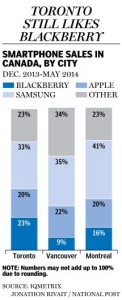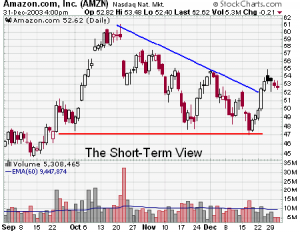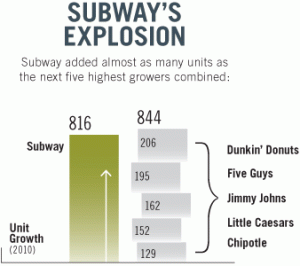The United Nations, the international organization targeting the issues of human rights and poverty, operates in a macro-environment that targets political, human rights, and poverty issues. However, due to the impact and political involvement UN holds, it is difficult for them to target anything “grass-root” related and their efforts may result in issues of diplomacy and produce negative results for certain demographics (Underwood).
However, the Arc Initiative is a prime example of social entrepreneurship that involves incorporating business strategies and efforts to stimulate local economic growth in developing portions of the world. Arc improves the economic well-being of a community while differentiating one’s business. It endeavours to teach local entrepreneurs the tools necessary to strengthen their own businesses (Kroeker).
As opposed to funding for issues impoverished communities, Arc aims to permanently improve the situation of struggling individuals. Sauder students also get the opportunity to apply learned concepts to pragmatic business situations, offering them a learning environment that also empowers the local community. The initiative differs from that of philanthropy, by educating entrepreneurs, who have the power to make changes in the community, to improve their business acumen and broaden the scope of their resources.
Works Cited
Kroeker, Jeff. “In a crowded market, entrepreneur finds a sweet way to stand out.” The Globe
and Mail. The Globe and Mail Inc., 11 Apr. 2014. Web. 12 Nov. 2014.
<http://www.theglobeandmail.com/report-on-business/small-business/sb-growth/going-
global/in-a-crowded-market-ethiopian-entrepreneur-finds-a-sweet-way-to-stand-out/article17912688/>.
Underwood, Brian. “The U.N. – Irrelevant, Ineffective, and Immoral.” The Mendenhall.
The MendenHall, 17 June 2011. Web. 12 Nov. 2014.
<http://themendenhall.com/2011/06/17/the-un-irrelevant-ineffective-and-immoral/>




